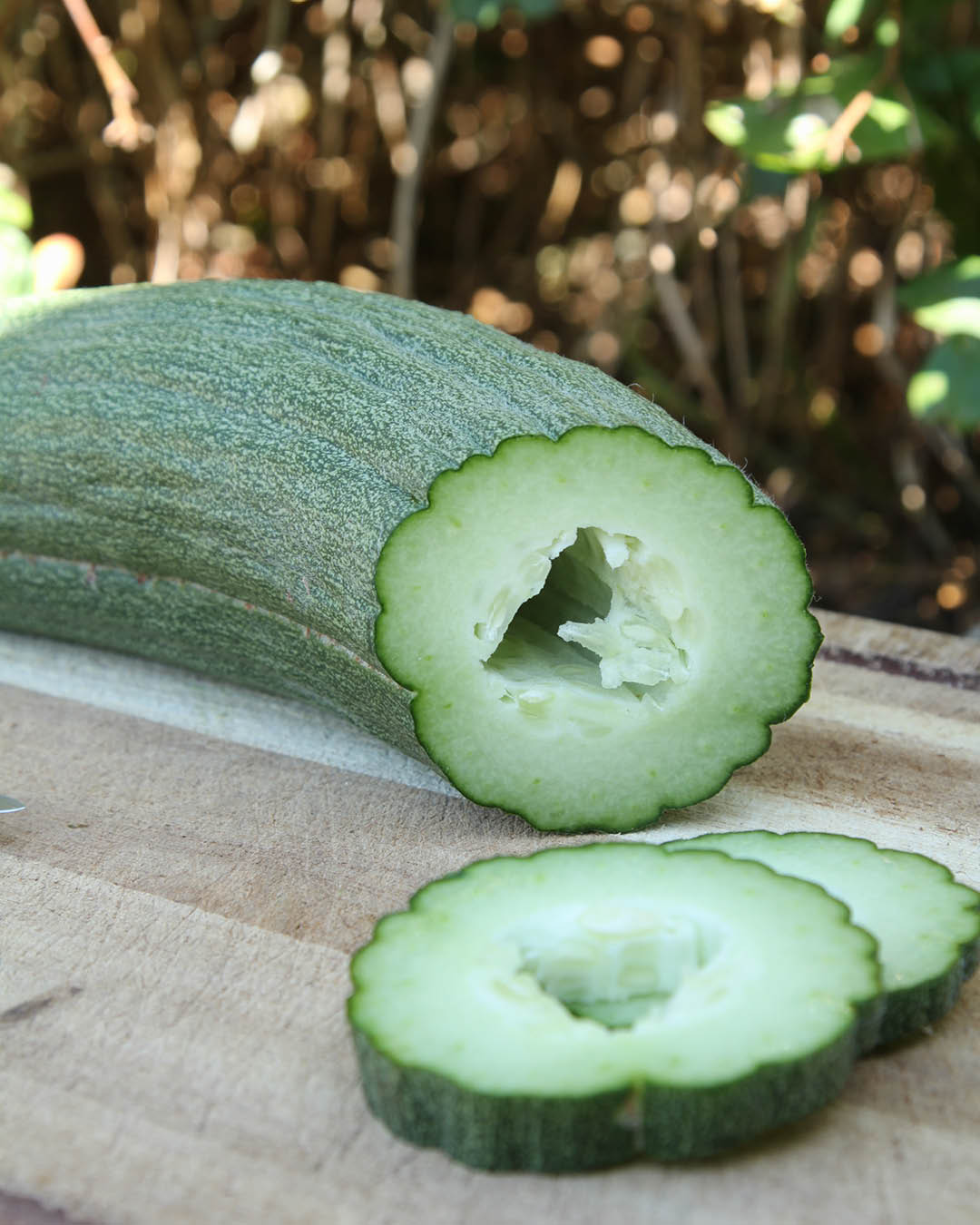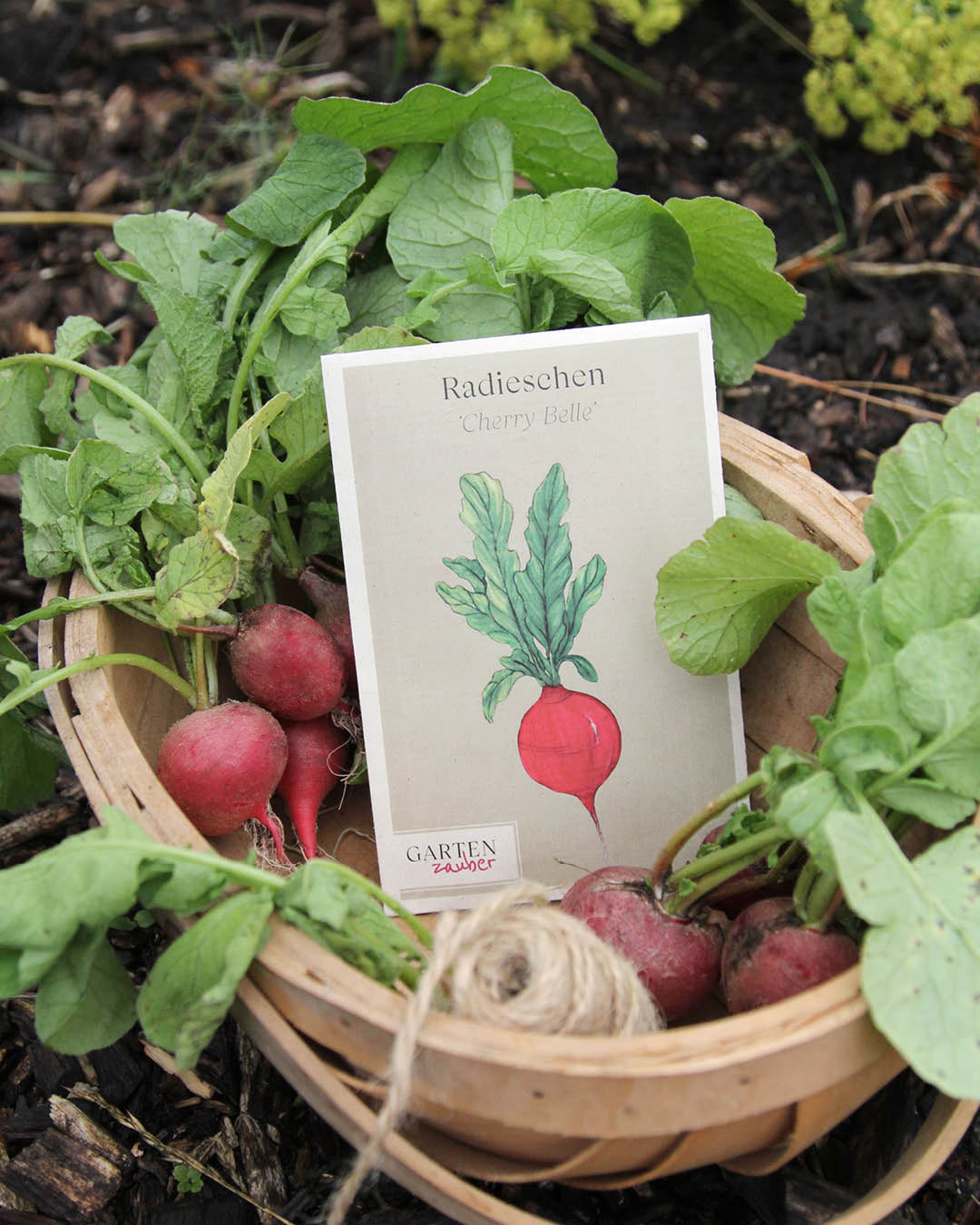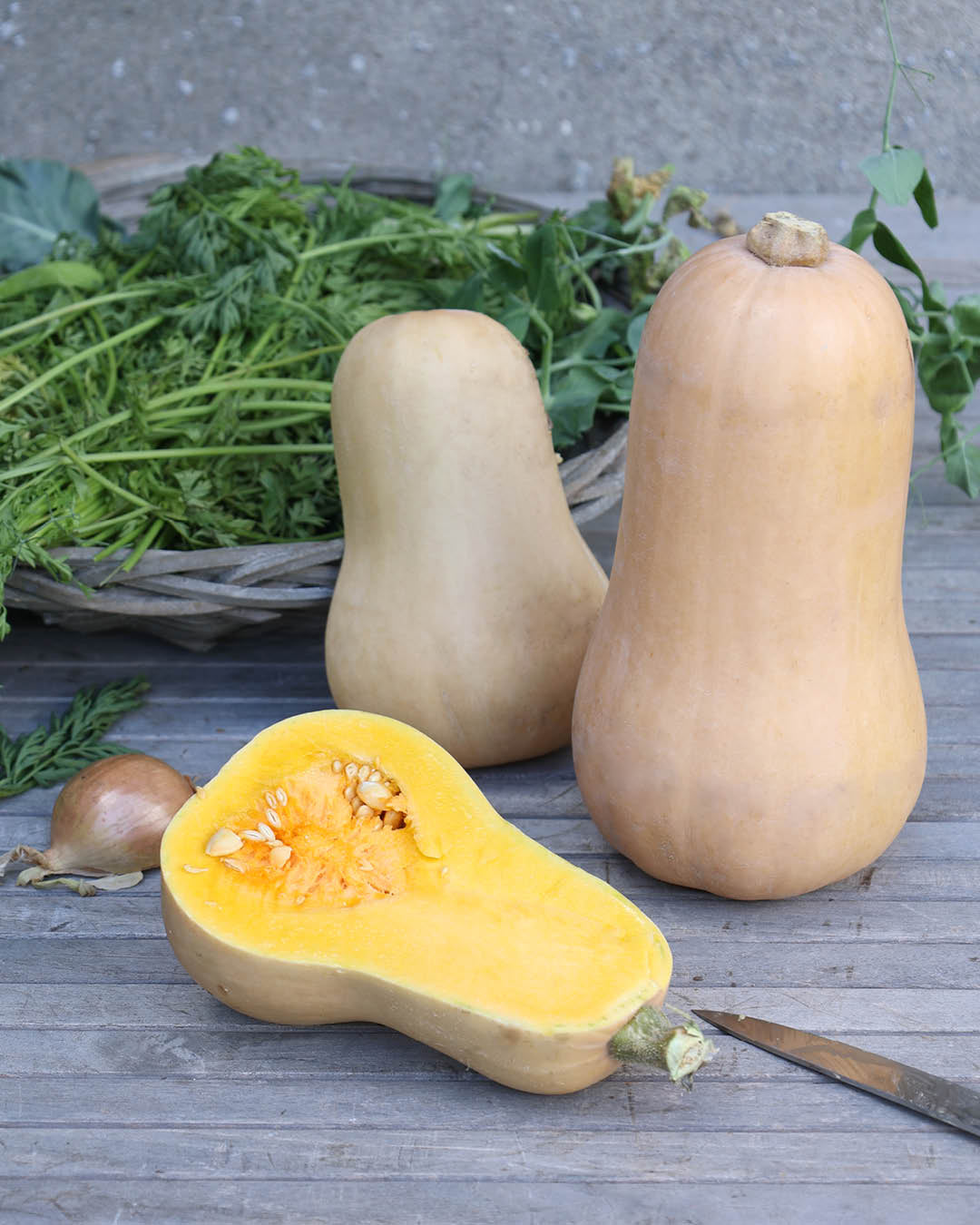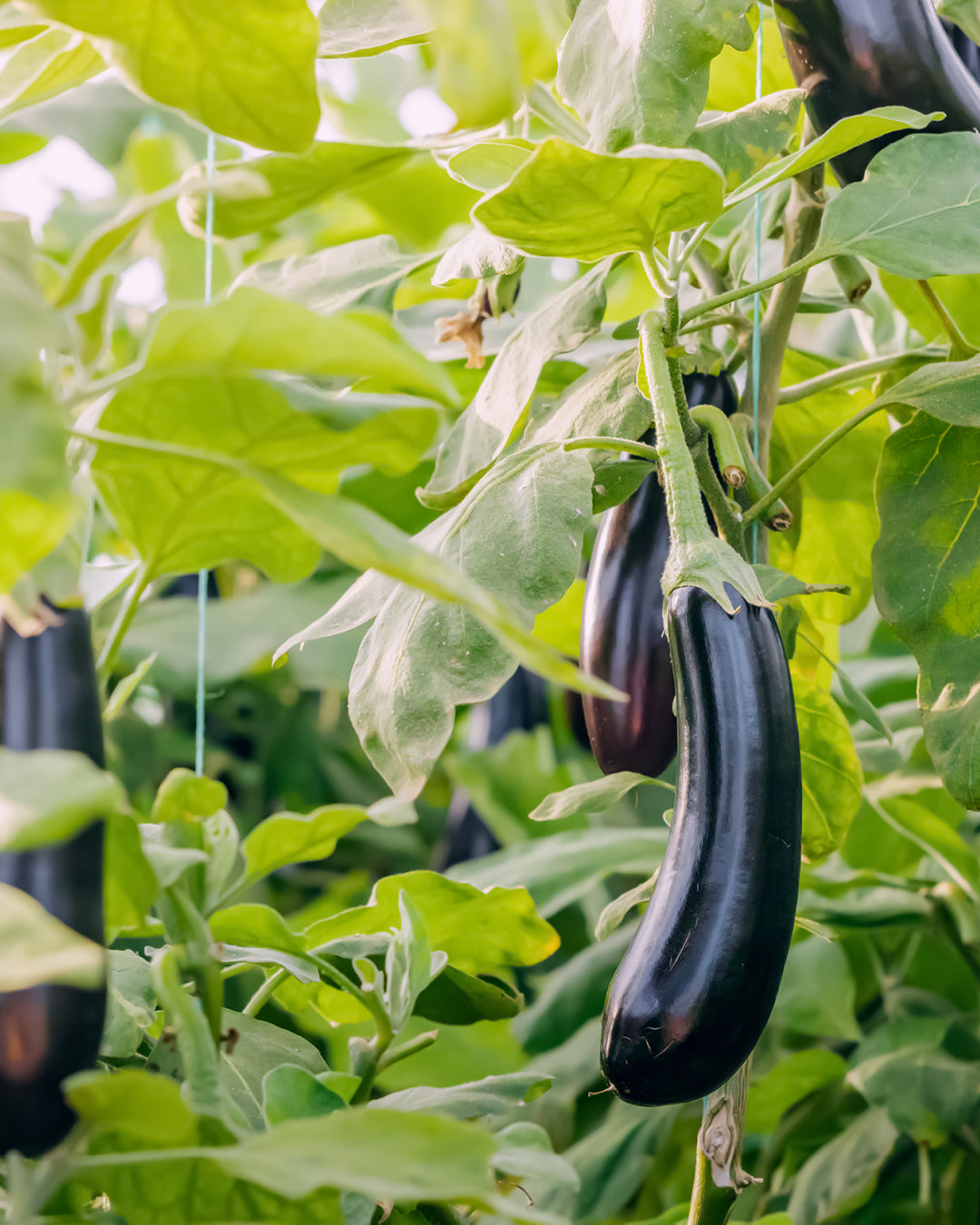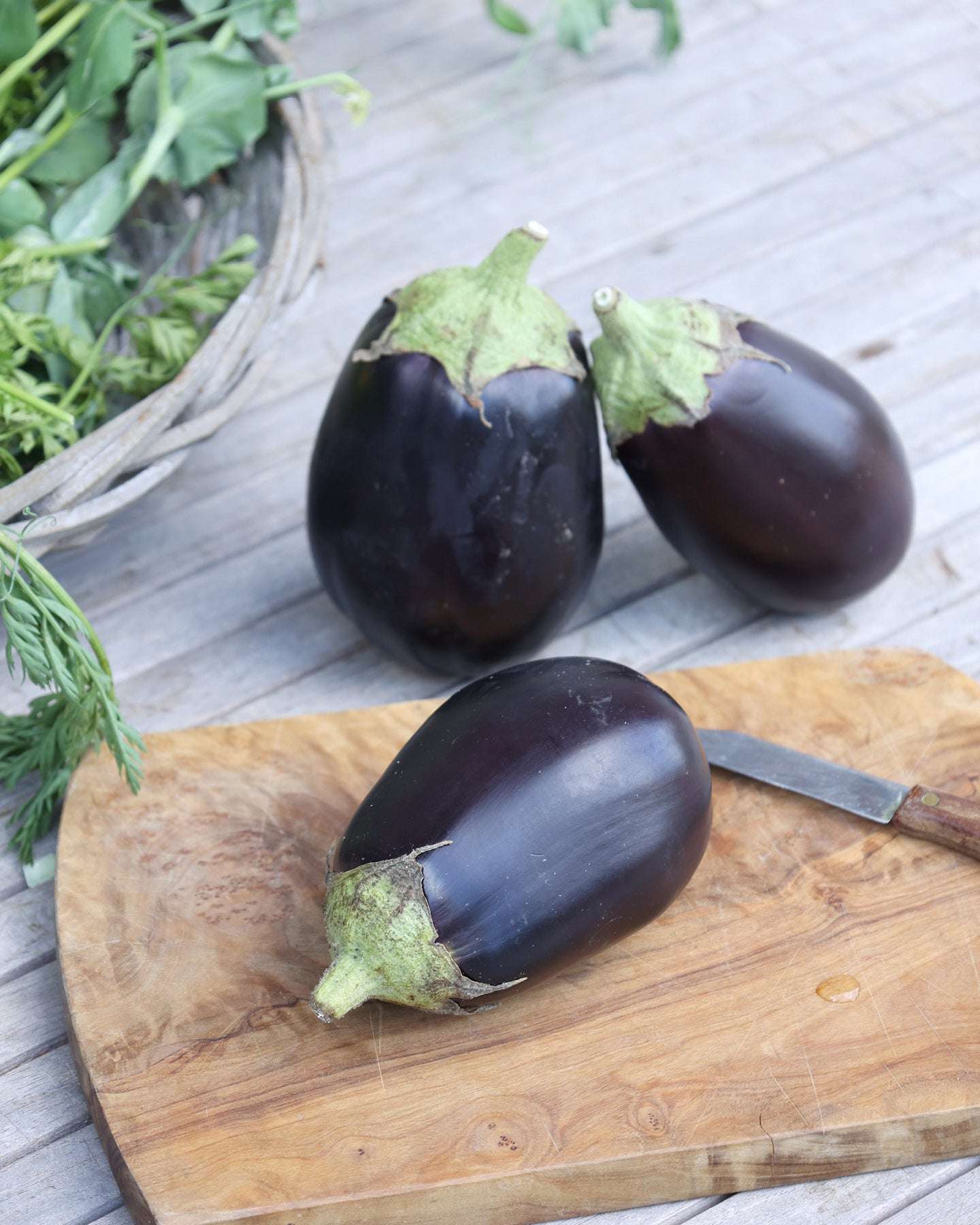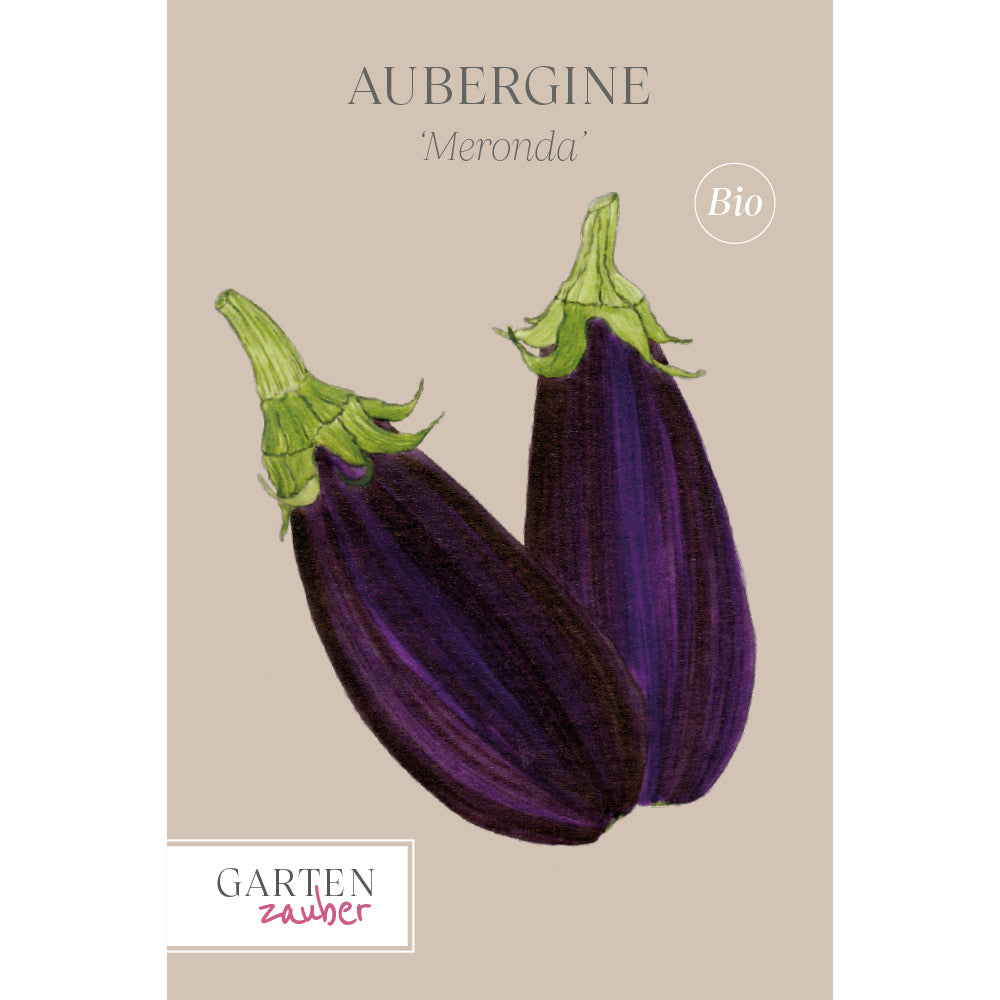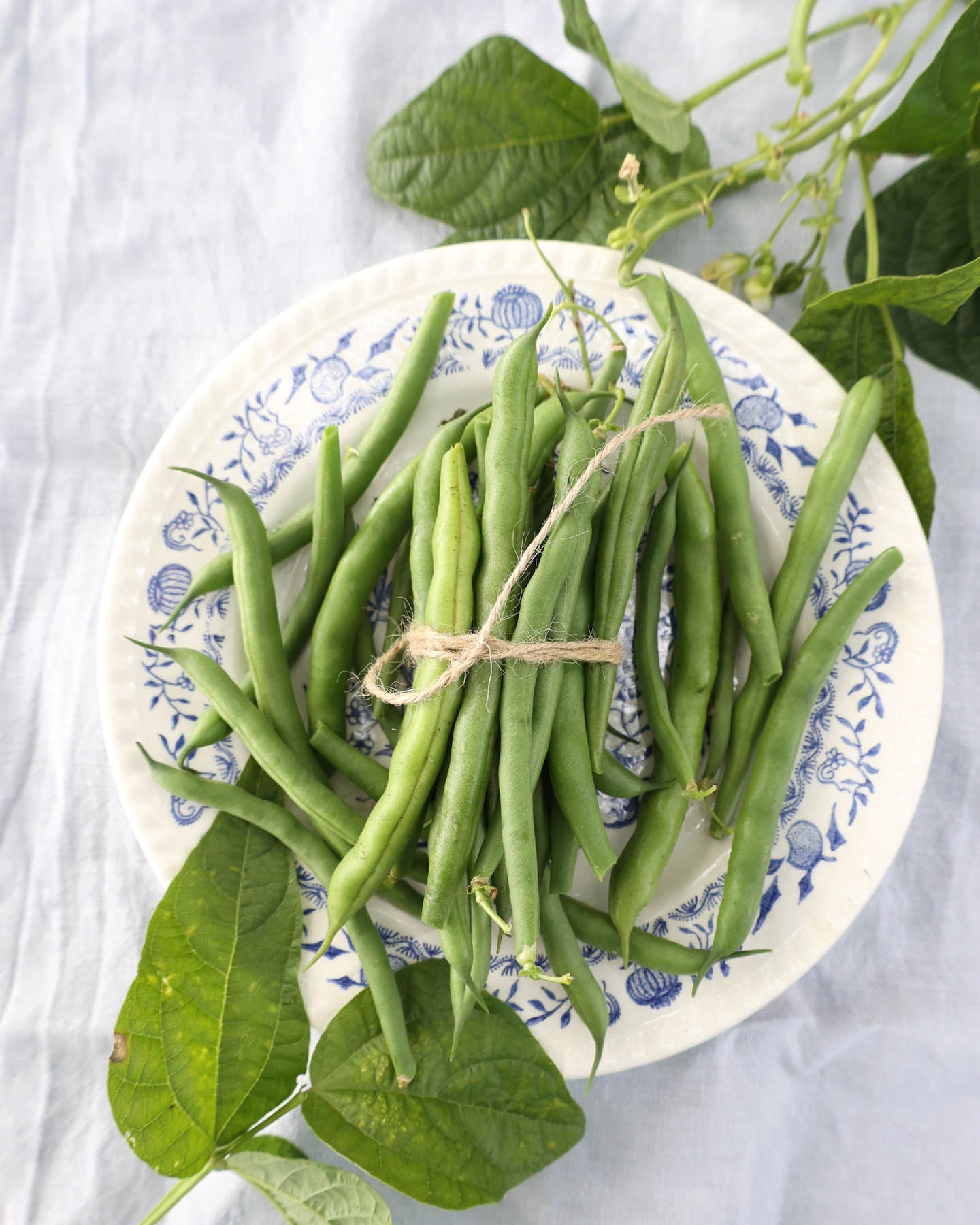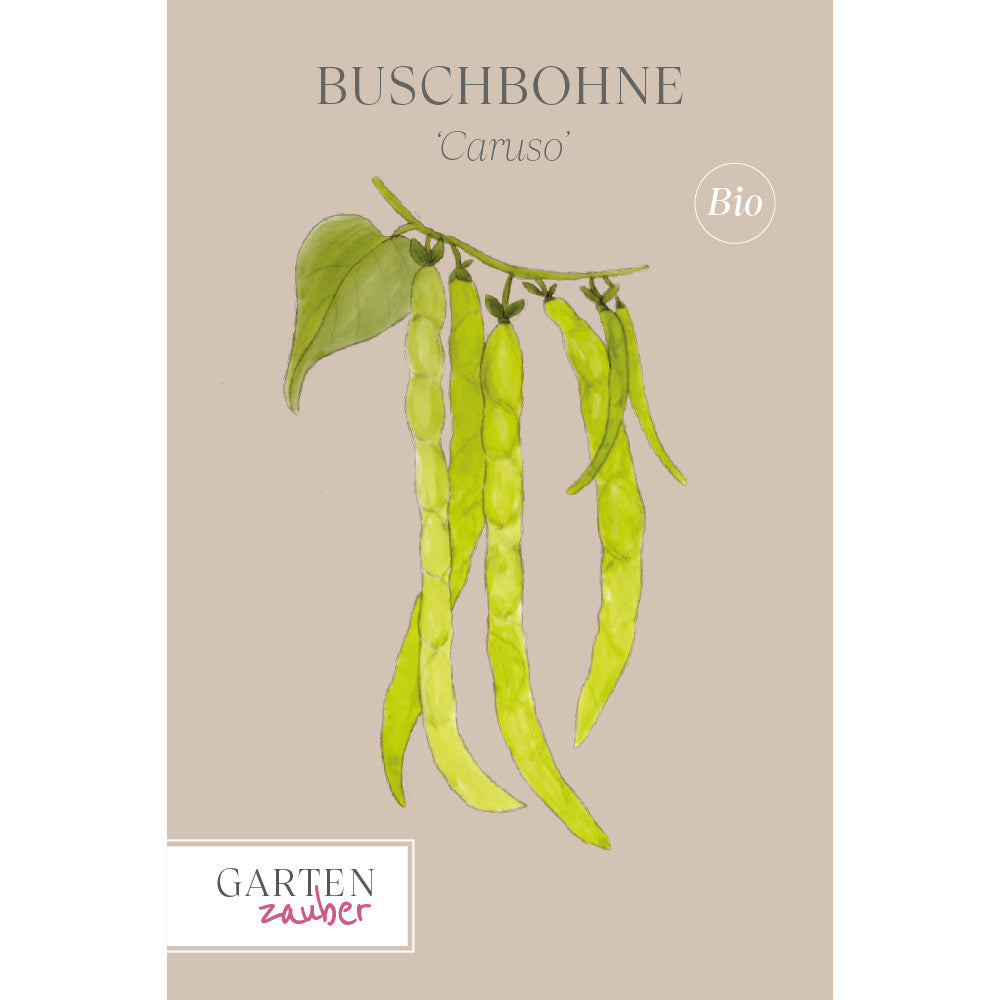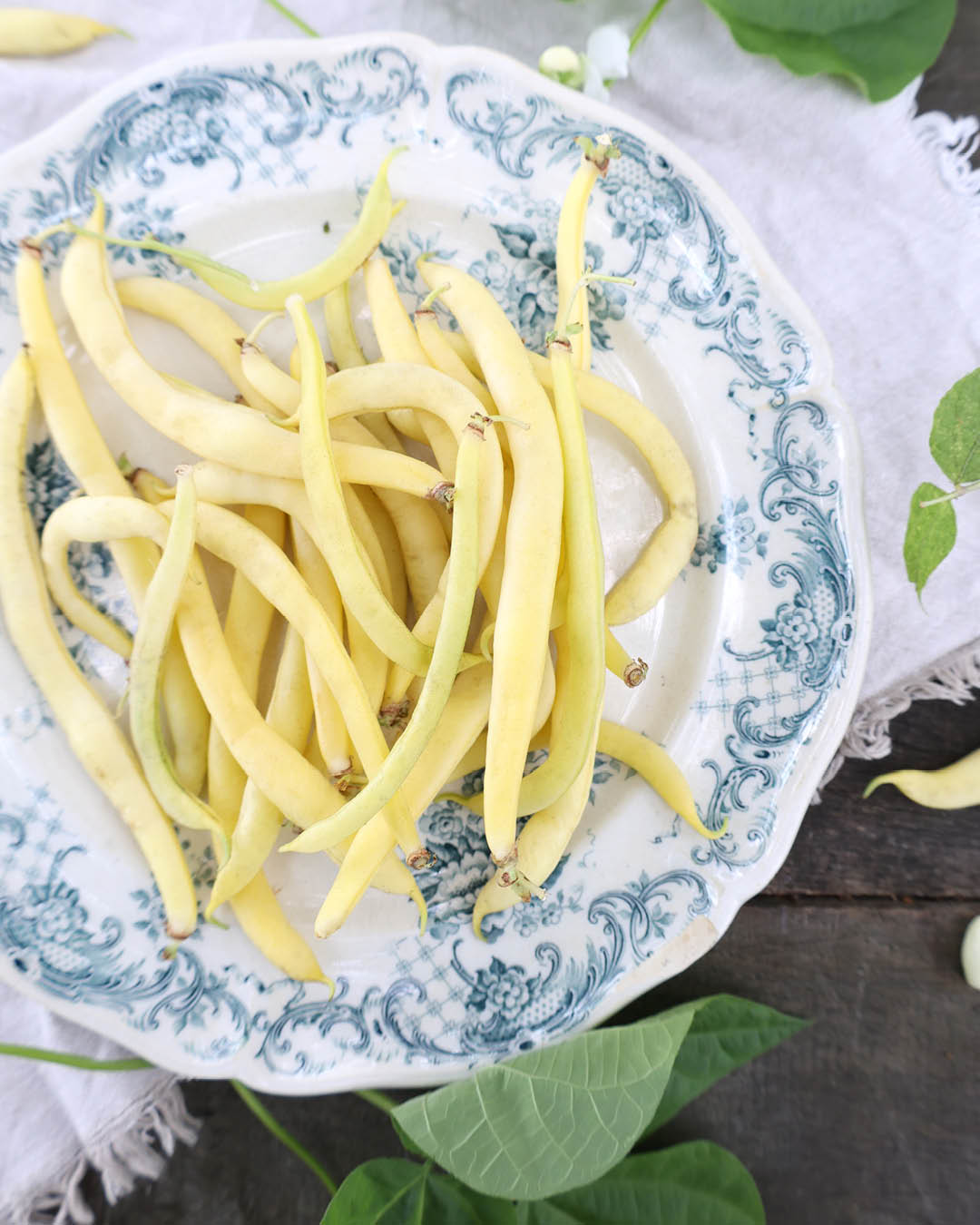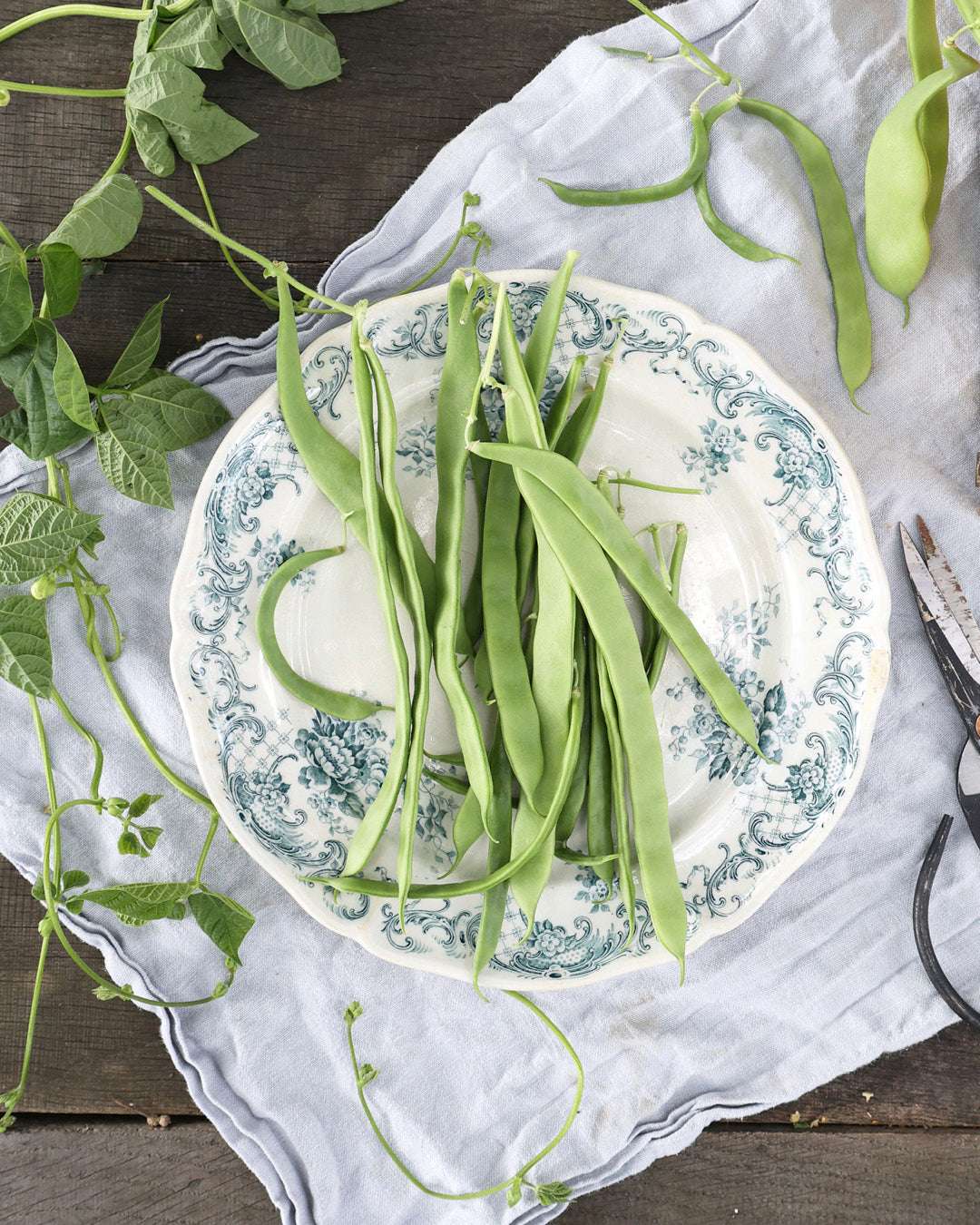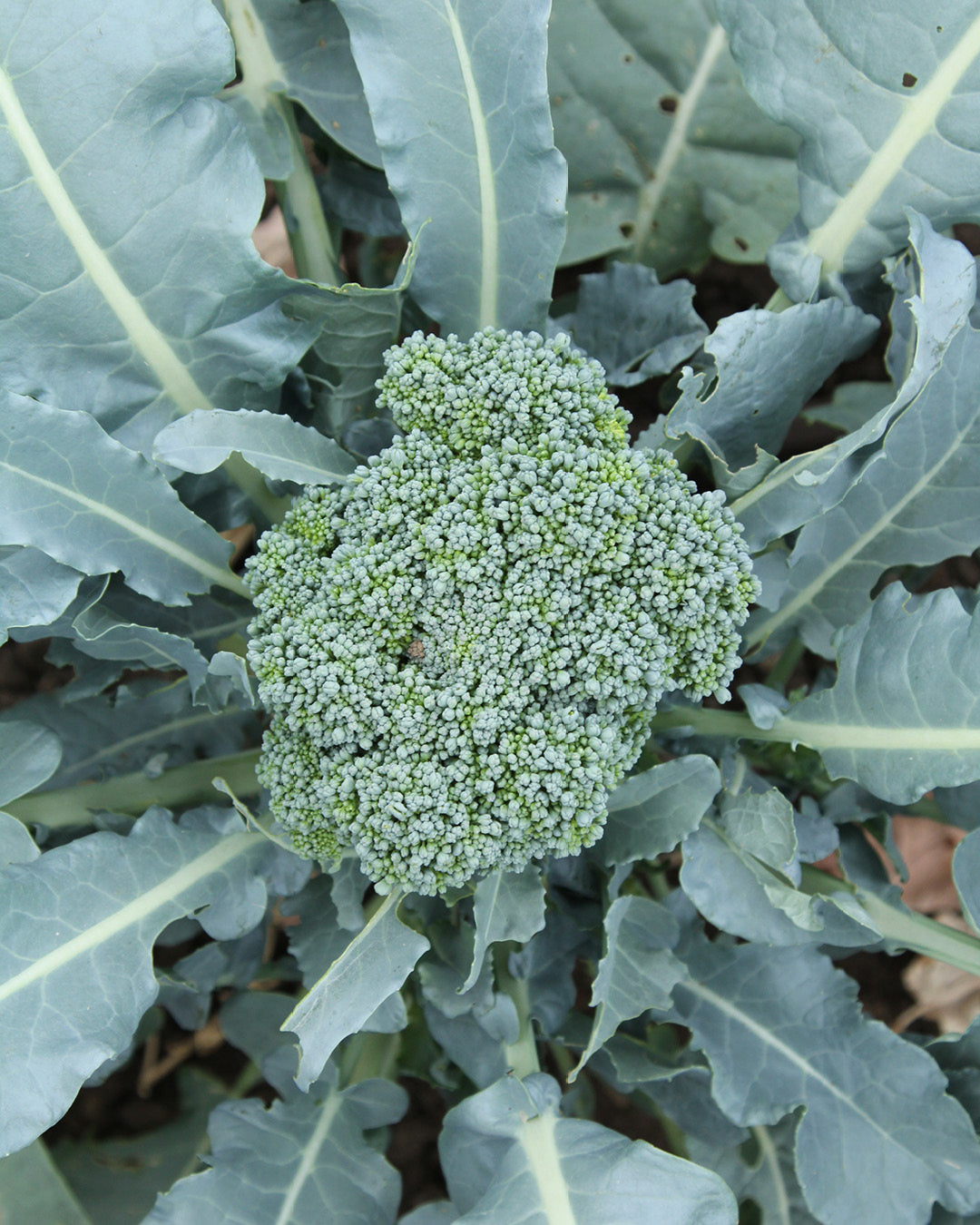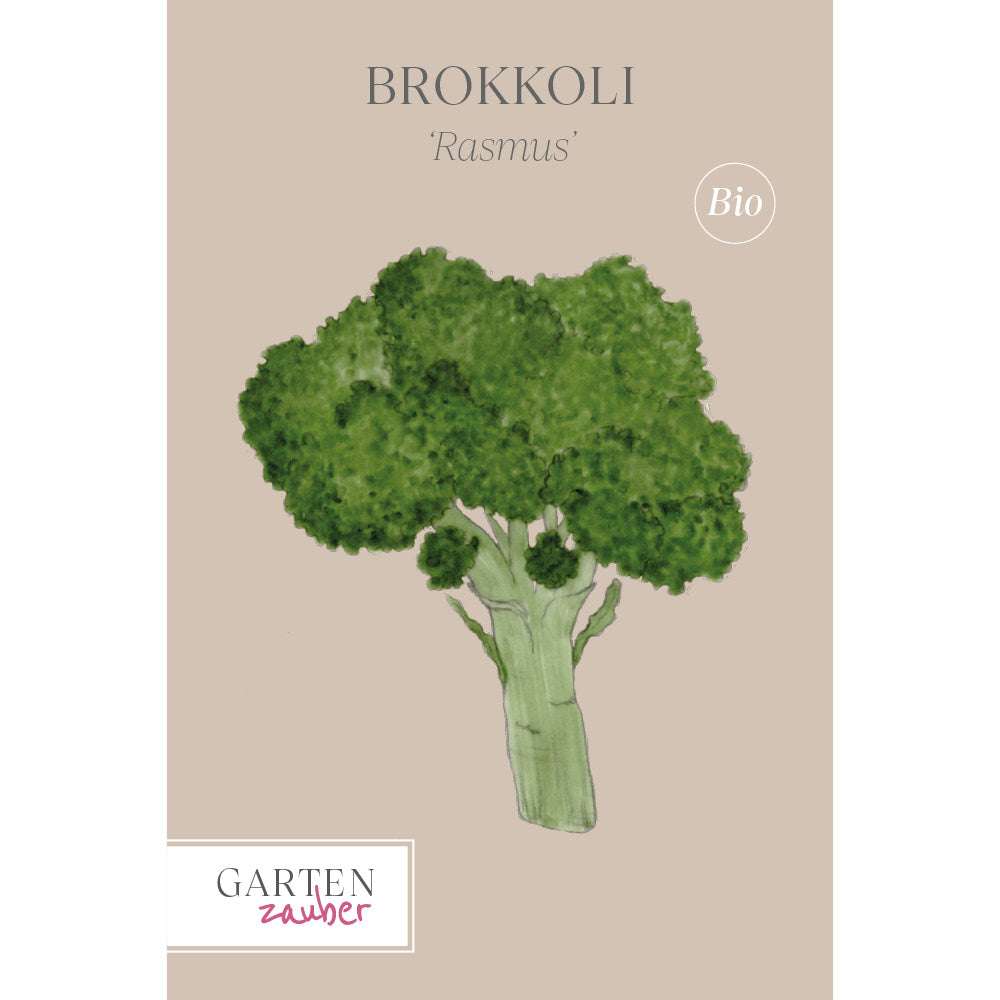Vegetables in the raised bed
Abundant harvests, working without having to bend down, and gardening in almost any location – raised beds simply score points on many levels. Thanks to their diverse shapes and materials, they also offer a wide range of uses when designing your dream garden.
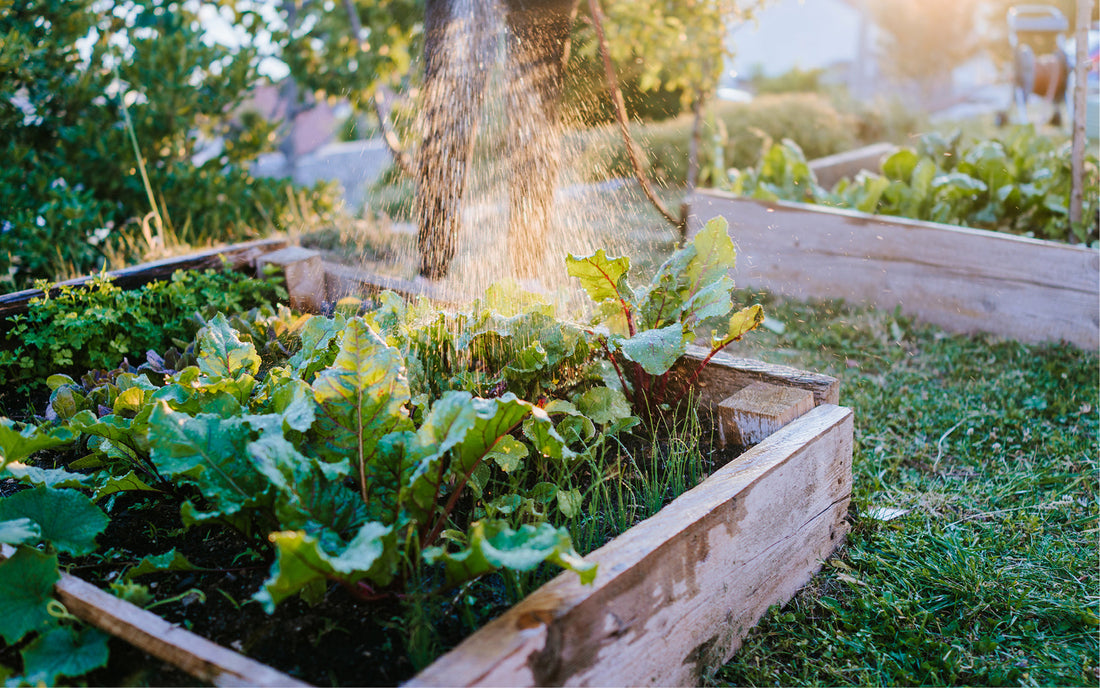
Abundant harvest guaranteed – With clever cultivation planning, you can provide yourself with fresh vegetables from your own garden almost year-round. It's fun, and on top of that, you can be absolutely certain that no toxic pesticides have been used.
When starting out with raised bed gardening, it's best to choose easy-to-grow vegetables like radishes, lettuce, basil, tomatoes, zucchini, and squash. Peas and beans also grow almost entirely on their own. Even more difficult varieties like parsley, celery, or leeks thrive effortlessly in raised beds.
Variety selection
Don't just plant or sow any lettuce or cabbage; pay attention to the variety. Lettuce, cabbage, celery, and carrots, in particular, have varieties that have been bred for growing in different seasons. With such diverse varieties, you can grow many vegetables year-round. "Early" lettuce varieties, for example, tolerate more cold, while summer varieties aren't affected by the August heat, and they don't flower prematurely. This premature flowering is called "bolting." Lettuce, spinach, cabbage, and chard are particularly prone to this during alternating wet and dry periods, extreme heat, or when young plants are planted too late.
Very important:Buy only high-quality seeds from reputable suppliers.
Only then can you be sure that it is of the correct variety and sufficiently capable of germinating.
Sowing or planting?
Many vegetables can be sown directly into the garden bed. However, for some varieties, such as tomatoes, our short summers aren't enough to give the plants enough time to grow, bloom, and bear fruit. This shortcoming can be overcome with a simple trick: simply grow delicate vegetables on a windowsill, in a greenhouse, or cold frame. Seedlings grown in advance have a four- to eight-week head start on growth compared to those sown directly. In the raised bed itself, only sow varieties such as carrots or radishes that cannot be seeded in advance. All others are planted as seedlings to maximize the valuable growing space in the raised bed.
Another tip: Divide your raised bed into small plots of about 40 x 40 cm using string or slats. This prevents you from over-sowing or planting too densely, a common mistake in the beginning. Plant different vegetables in the plots, and a good mixed crop will almost automatically develop.
All beginnings are small
Start with a small raised bed—if only because of the amount of compost or planting media required. You'll be surprised at how much lettuce, tomatoes, herbs, and other vegetables you can harvest in a raised bed of just 2 m2. Next year, when enough new compost has accumulated, you can create another raised bed.
← vorheriger Post: Make your own compost – this is how waste becomes valuable humus
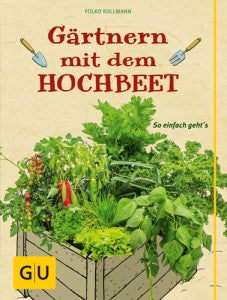
The content of this article is from the book:
Folko Kullmann
Gardening with raised beds
It's that easy
144 pages with approx. 160 color photos
ISBN: 978-3-8338-4215-3
Format: 18.5 x 24.2 cm, hardcover
Price: 16.99 € (Germany) / 17.50 € (Austria)
GU Publishing
Raised beds are simply ingenious: practical, productive, and also relatively snail-proof. Raising your plants to a higher level is actually quite easy – if you know how. Gardening expert Folko Kullmann reveals exactly that in the GU Garden Extra "Gardening with Raised Beds." Step by step, you'll create your own raised bed – thanks to countless inspirational ideas, clear instructions, and the right plant selection.

